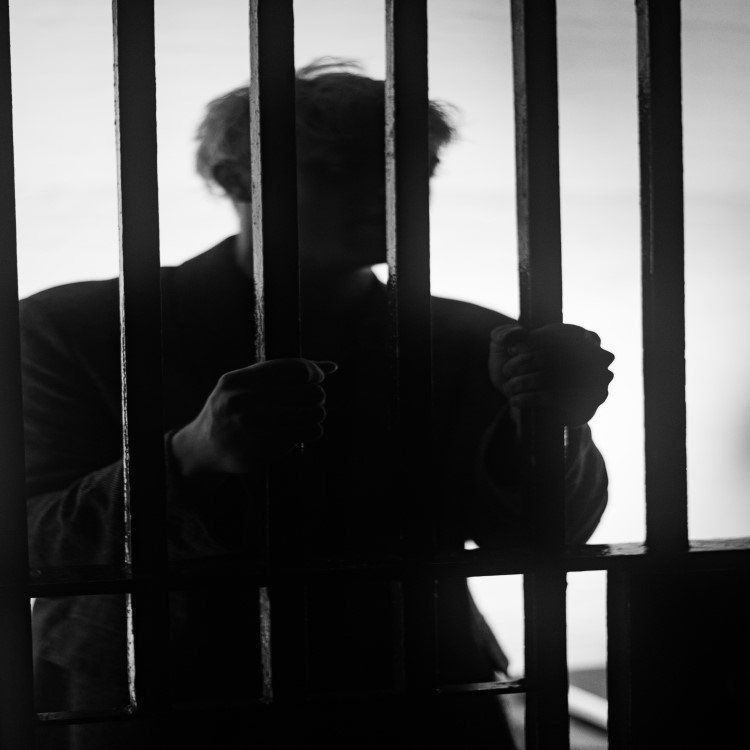The Trouble with Jesus
by Constance Hastings

The Trouble with Jesus: He wasn’t betrayed by just one guy.
It had been a long week, only five days into it. Crowds were everywhere, and if you hadn’t heard about him before, this week you couldn’t miss it. Before Jesus even got into town, they lined the road, spreading a carpet of coats and shouting, “Blessed is the King who comes in the name of the Lord.” Expectations were high. If only he had come to fulfill them.
The First Betrayal
By Thursday, the strain was stretching him and the disciples. He had made that scene at the Temple, literally throwing out merchants who were gouging the faithful for Passover sacrifices.
He healed people right there and sparred with the lead priests over the attention he was getting, where he thought he got the right to do what he was doing. He even insinuated sinners like prostitutes had a better chance getting into heaven before they did. Calling them hypocrites, he charged, “For you cross land and sea to make one convert, and then you turn him into twice the child of hell as you yourselves are.” (Matthew 23:15) With too much popularity and too many attacks on the powers-that-be, Jesus wasn’t making it easy on himself. Sooner or later, someone was going to put a stop to this. As it was, it wasn’t just one.
Judas Iscariot, one of his disciples, has lived in infamy as the betrayer of Jesus. Sizing up the situation, he saw how the religious leaders not only wanted this so-called Messiah out of their hair, but even more so, permanently out of the way. Judas only had to seize the moment. Jesus made it easy for him. Over the Passover meal, Jesus said, “One of you will betray me....“Hurry. Do it now.” (John 13:21,27) Jesus let on he knew what Judas would do. From there, it was only a matter of hours before he would identify Jesus as the one a full battalion of Roman soldiers and Temple guards should arrest and take away.
The Shattered Rock
But Judas wasn’t the only traitor. Not being one to show himself by deed rather than declaration, Peter insisted he was ready to die for his Lord. As he had been clear to Judas, Jesus was just as forthright with Peter. “The truth is, this very night, before the rooster crows, you will deny me three times.” Before sunrise, while the kangaroo court assembled by the high priests were condemning him, Peter refused to say he was a disciple of Jesus. But was he denying he had followed Jesus, or that the Jesus he followed was not the man he thought Jesus would be?
The Unholy Alliance
Pilate, a Roman governor, was tasked with keeping Jerusalem and the Jews under control. The system allowed for them to have their religion as long as the Romans had a say in leadership. Ultimately, though the religious authorities wanted Jesus dead, they could not execute on their own. While that morning Peter along with the rest of the disciples abandoned him, Jesus was dragged in front of Pilate by the leading priests on charges he claimed to be King of the Jews, indicating he would overthrow the Roman government. Pilate was caught in the middle. He couldn't ignore such a charge, but he had a handle on what these Temple tetrarchs were scheming. Looking for a way out, he urged Jesus to make a defense, but he wouldn’t talk. The Jews had been looking for a Messiah, but they didn’t want this Messiah. So they did what they could to do away with him. Thus, the priests, those set apart among the chosen people, turned on him.
Meanwhile, Pilate tries again. He offered them a carrot. For the holy day, the Romans would release a Jewish prisoner. Figuring he could make them choose the lesser of two evils, Pilate offered the crowd either Jesus or the notorious criminal Barabbas. The priests though work the crowd to call for Barabbas’ release. Pilate can’t see what Jesus could have done that would be so bad for them, but the crowd, some of whom had likely cheered in the parade earlier in the week, roared for more. “Crucify him!” In an act of bloody mercy, Pilate commanded that Jesus be flogged with a lead-tipped whip . It would make his death come faster. To avoid a riot and to protect his job, Pilate ordered Jesus’ crucifixion.
Torture and mockery follow. More beatings, a crown of thorns, nailed through flesh and bone, Jesus is crucified, a death designed to be slow, painful, smothering as lungs collapse and blood flows.
The Weaker Faithful
The only loyal witnesses to his demise are the women who followed and supported him, women to whom he’d given honor and status, now rendered as impotent as he. They stood watching nearby, distraught and detached at the same time. The comfort they had often given wasn’t available to him when he needed it most.
Even so, in their presence he fulfilled the command to honor his mother. “Woman,” he called her, not by her name but by that with which all females can hear his love and be known as Daughter. “He is your son.” Together, the only disciple present at his execution and Mary, will share their grief and live beyond it. “She is your mother.”
Last Acts
To his cry of, “I thirst,” he is given soured wine. “It is finished,” he gasps as he gives up his spirit, his final act of service. The King of the Jews has taken the cup of bitter wine; his speared body releases its blood and water, and final life oozes out. He dies, abandoned in the will of God to take death upon himself, death that separates, rejects, leaves him alone with all that the worst of the world could do. Secret disciples, two who would not publicly declare allegiance to him, Joseph of Arimathea and Nicodemus, quickly bury him in a nearby tomb so as to not violate the law, especially with Passover coming that night.
Was Judas the one who betrayed Jesus? Or rather, who along with Judas deserted and betrayed him? His best friends, the leaders of his faith, the fickle crowd, the prevailing political system, secret disciples, the women who had anointed his feet in adoration, each had a part. Most heart wrenching of all though must have been his God, the very part of himself that had set this in motion since the first animal sacrifice in that garden. To be covered in such shame that you can’t stand yourself is how he died. It was shame that was not of his own doing, but a shame Jesus accepted for himself isolating one from love of God and love of neighbor. In this then, Jesus knew the deepest part of hell which he wanted no one to ever know.
But what of those who won’t accept what his death meant for them?
Could this be the ultimate betrayal?
Named 2024 Notable Book Award by Southern Christian Writers Conference!
The Trouble with Jesus: Considerations Before You Walk Away by Constance Hastings
Ask for it wherever you buy your books,
but don’t forget you can support local bookstores Here.
Subscribe to the Trouble with Jesus Here.









